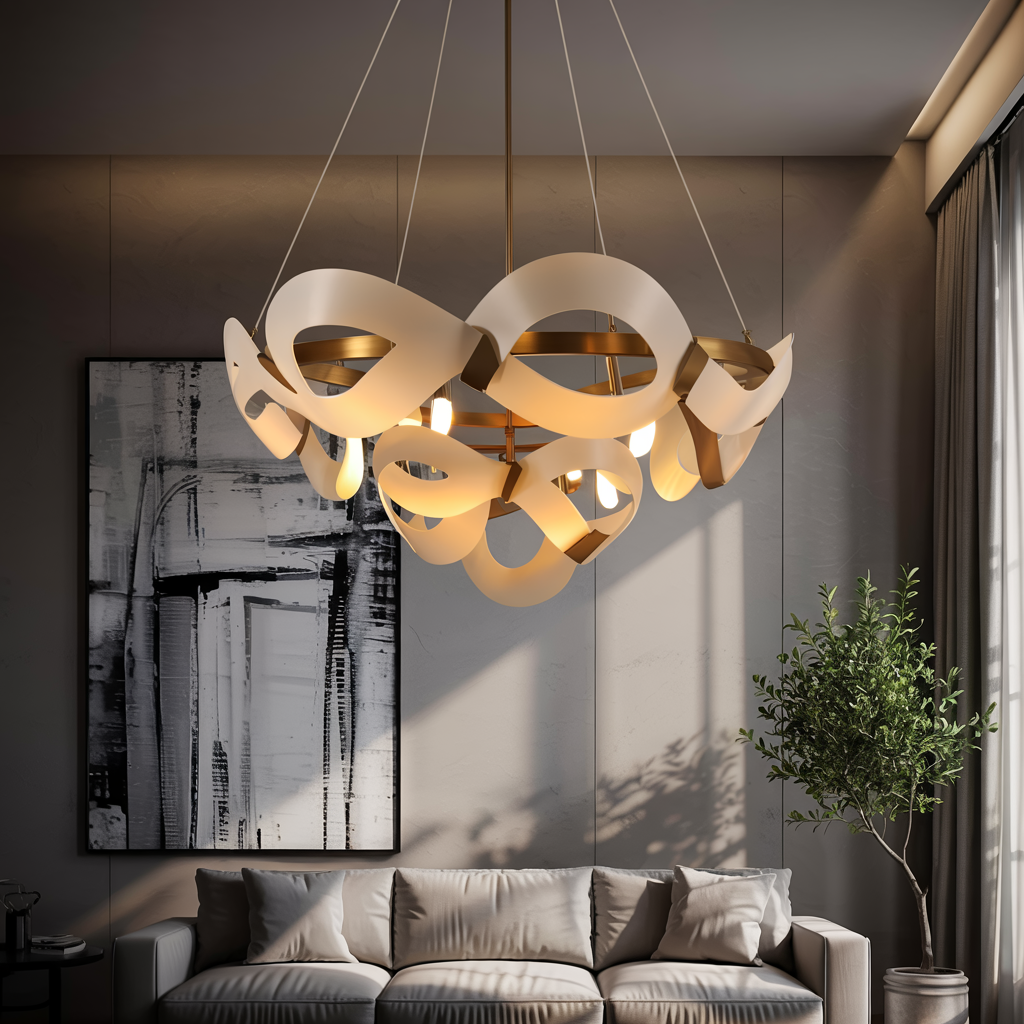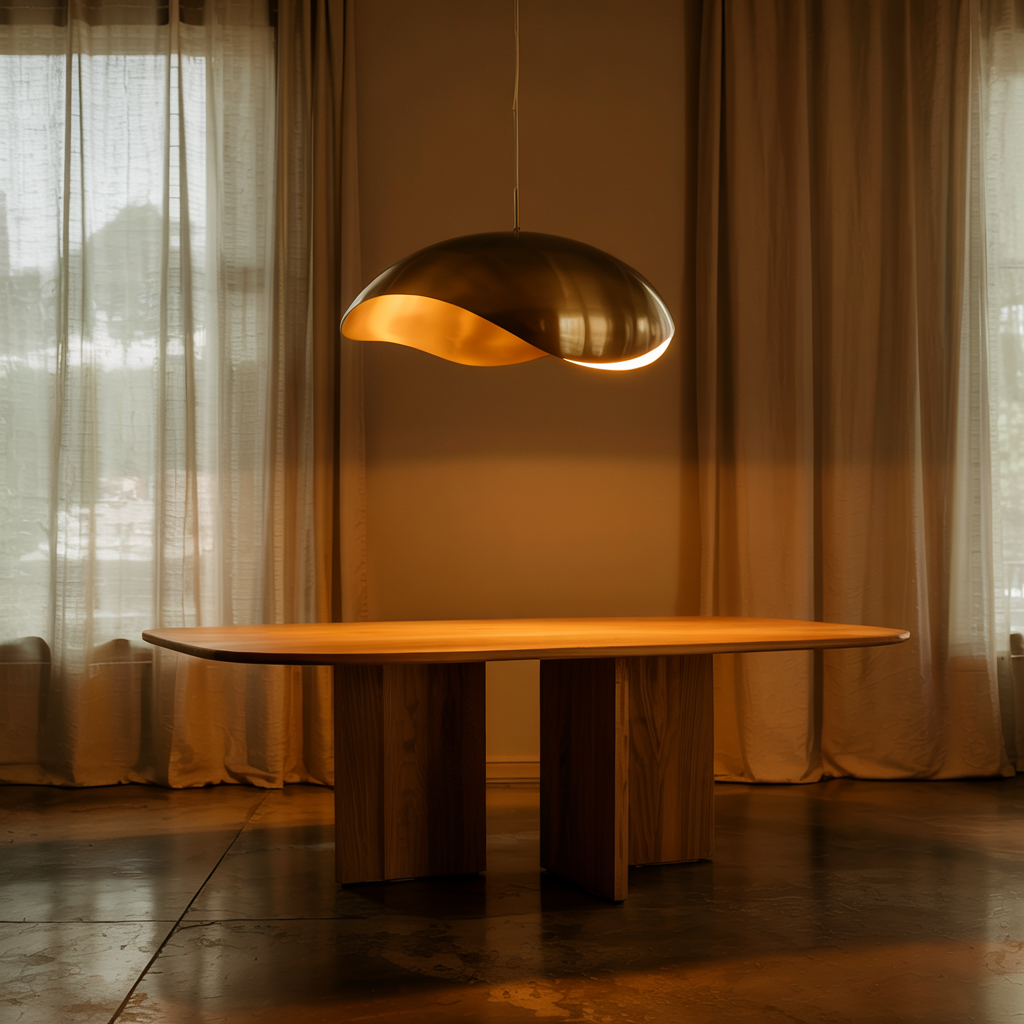Maximize Natural Light: How to Bring More Light Into a Room?
Want to transform your home from dimly lit to bright and airy? How to bring more light into a room is a question many homeowners ask, and the answer involves a multifaceted approach. This guide will walk you through various techniques, from simple adjustments to more involved renovations, helping you understand the science of light…
Want to transform your home from dimly lit to bright and airy? How to bring more light into a room is a question many homeowners ask, and the answer involves a multifaceted approach. This guide will walk you through various techniques, from simple adjustments to more involved renovations, helping you understand the science of light and how to best utilize it in your space. You’ll learn about maximizing natural light sources, strategically using artificial lighting, and incorporating reflective surfaces to create a brighter, more welcoming environment. Let’s shed some light on this topic!
Sunlight is the most effective and energy-efficient way to illuminate a room. Understanding the path of the sun throughout the day is crucial. Observe how sunlight falls on your rooms at different times, identifying peak sun hours. This
helps determine the best placement of furniture and window treatments. Consider the orientation of your home – south-facing rooms generally receive the most sunlight.
How to Bring More Light Into a Room?
Use light-colored walls, mirrors, and sheer curtains to reflect natural light. Add layered lighting with ceiling, floor, and table lamps. Choose LED bulbs with high lumens. Keep windows clean and uncluttered. Glass or glossy furniture also helps bounce light around the room for a brighter feel.
Optimizing Window Treatments
Window treatments play a vital role in managing natural light. Heavy curtains or blinds can block significant amounts of light, while sheer curtains or blinds allow light to filter through softly. Consider using lighter-colored curtains or blinds that reflect rather than absorb light. Experiment with different materials and styles to find the perfect balance between privacy and light.
- Sheer curtains: Allow diffused light while maintaining privacy.
- Cellular shades: Insulate and help control temperature while letting in light.
- Roman shades: Elegant and versatile, offering varying levels of light control.
Read More: 17 Brilliant Over Kitchen Sink Lighting Ideas to Brighten Up Your Space
Maximizing Existing Windows
Window Placement and Size
The size and placement of your windows significantly impact how much natural light enters a room. Larger windows naturally let in more light. If possible, consider replacing small windows with larger ones to increase light intake. Strategically positioning windows to maximize sunlight exposure is equally important. South-facing windows in the Northern Hemisphere typically receive the most sunlight.
Cleaning Your Windows
Dirty windows can drastically reduce the amount of light entering a room. Regularly cleaning windows, both inside and out, can make a noticeable difference in brightness. Use a streak-free window cleaner and a soft cloth for optimal results.
Strategic Interior Design for Light Enhancement

Light-Colored Walls and Ceilings
Light-colored walls and ceilings reflect light more effectively than dark colors. Using shades of white, cream, pale yellow, or light gray can dramatically brighten a room. Dark colors absorb light, making the room feel smaller and darker.
Reflective Surfaces
Mirrors and other reflective surfaces, strategically placed, can bounce light around the room, creating a brighter ambiance. A large mirror placed opposite a window can significantly increase light penetration. Consider using metallic accents or glossy surfaces to amplify this effect. Shiny furniture or light-colored flooring also contribute.
Read More: How to Add Can Lights to a Room? A Comprehensive Guide To Installing Can Lights
Artificial Lighting Solutions
Types of Light Bulbs
Different light bulbs emit varying intensities and qualities of light. LED bulbs are energy-efficient and offer a wide range of color temperatures. Incandescent bulbs provide a warm, yellowish light, while fluorescent bulbs offer a cooler, brighter light. Experiment with different color temperatures (Kelvin) to find the most suitable option for your space.
Layering Your Lighting
Layering lighting involves using a combination of ambient, task, and accent lighting to create a balanced and well-lit space. Ambient lighting provides overall illumination, task lighting focuses on specific areas, and accent lighting highlights features.
Room-Specific Lighting Strategies

Living Room Lighting
Living rooms often benefit from a combination of ambient lighting (overhead fixtures or floor lamps), task lighting (desk lamps or reading lights), and accent lighting (spotlights or track lighting to highlight artwork).
Bedroom Lighting
Bedrooms require softer, warmer lighting. Consider using bedside lamps, dimmable overhead fixtures, and perhaps a subtle night light for nighttime ambiance.
Kitchen Lighting
Kitchens require bright, functional lighting. Overhead fluorescent or LED fixtures provide ample task lighting, while under-cabinet lighting illuminates countertops.
Bathroom Lighting
Bathrooms benefit from bright, even lighting. A combination of overhead fixtures and vanity lights ensures sufficient illumination for grooming.
Improving Light Through Architectural Changes
Skylights and Roof Windows
Installing skylights or roof windows introduces significant natural light, especially in rooms with limited wall space or north-facing orientations. These options add a sense of openness and brightness.
Adding or Enlarging Windows
Expanding existing windows or adding new ones, where structurally feasible, is the most impactful way to increase natural light. Consult with a contractor to determine feasibility and cost implications.
Interior Glass Partitions
Installing interior glass partitions between rooms, when appropriate, allows light to travel more freely throughout the house, maximizing natural light penetration into previously dimmer areas.
Understanding Light and Color
Color Psychology and Light
The interplay between light and color dramatically influences the mood and ambiance of a room. Understanding color psychology helps you choose colors that enhance the feeling of brightness. Cooler colors tend to make a room feel larger, while warmer colors create a cozier atmosphere.
Light Reflection and Absorption
Different materials have different reflective and absorptive properties. Knowing which materials reflect and absorb light helps in selecting furniture and décor that enhances light penetration. Glossy finishes reflect more light than matte finishes.
Budget-Friendly Light Enhancement Solutions
Affordable Lighting Fixtures
Numerous affordable lighting fixtures are available, providing a budget-friendly way to enhance illumination. Look for energy-efficient LED options to minimize running costs.
DIY Light Reflectors
Simple DIY light reflectors can be made using readily available materials. Consider using mirrors, reflective fabric, or even foil strategically placed to bounce light around the room.
Evaluating and Choosing the Best Approach
Assessing Your Current Lighting
Before making any changes, carefully assess your current lighting situation. Identify areas that are particularly dark and determine the factors contributing to the lack of light.
Considering Your Budget and Lifestyle
The best approach to enhancing light depends on your budget and lifestyle. Simple adjustments can be made quickly and affordably, while major renovations require more time and investment.
Frequently Asked Questions
What are the most energy-efficient ways to bring more light into a room?
Maximizing natural light through proper window treatments and strategic interior design is the most energy-efficient approach. Using energy-efficient LED bulbs for artificial lighting significantly reduces energy consumption.
How can I make a small room feel brighter?
Use light-colored paints on walls and ceilings, incorporate mirrors to reflect light, and choose light-colored furniture and décor. Minimize clutter, as it can make a small room feel even more cramped.
What is the best color to paint a room to make it brighter?
Light, neutral colors such as whites, creams, and pale yellows reflect light effectively, making a room feel brighter. Avoid dark colors, which absorb light and make the room appear smaller.
Can I bring more light into a north-facing room?
North-facing rooms receive less direct sunlight. Maximize existing light sources by using lighter colors on walls and ceilings, strategically placing mirrors, and using bright artificial lighting.
How do I choose the right type of light bulb?
Consider the color temperature (Kelvin) and the lumens (brightness) when choosing a light bulb. LED bulbs are energy-efficient and offer various color temperatures.
Final Thoughts
Bringing more light into a room significantly enhances its ambiance, functionality, and overall appeal. This comprehensive guide has explored various techniques, from simple adjustments to more significant renovations. By understanding the science of light, effectively utilizing both natural and artificial sources, and incorporating strategic interior design elements, you can transform your home into a bright and welcoming space. Remember, the best approach depends on your specific needs, budget, and the architectural features of your home. Start small, experiment with different solutions, and enjoy the transformation of your living spaces from dimly lit to brilliantly illuminated. Start optimizing your home’s lighting today and enjoy the brighter, more inviting atmosphere it creates!

